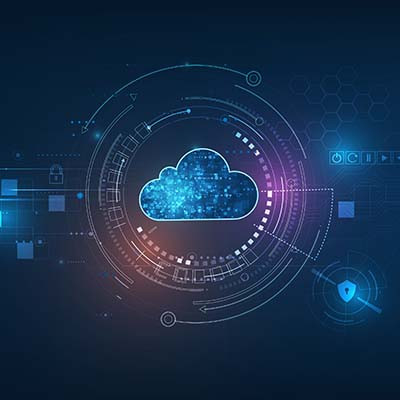How often have you been frustrated by the challenges of installing new software? How about expiring licenses or outdated tools that need to be upgraded frequently to prevent them from becoming obsolete? These are all problems associated with buying software licenses, and they can all be avoided through the smart use of Software as a Service.
By “renting” access to applications with a SaaS model, you can lay the foundation for a more efficient, secure, and scalable infrastructure, all while potentially setting yourself up to punch at a higher weight class than your SMB might have been capable of in the past.























